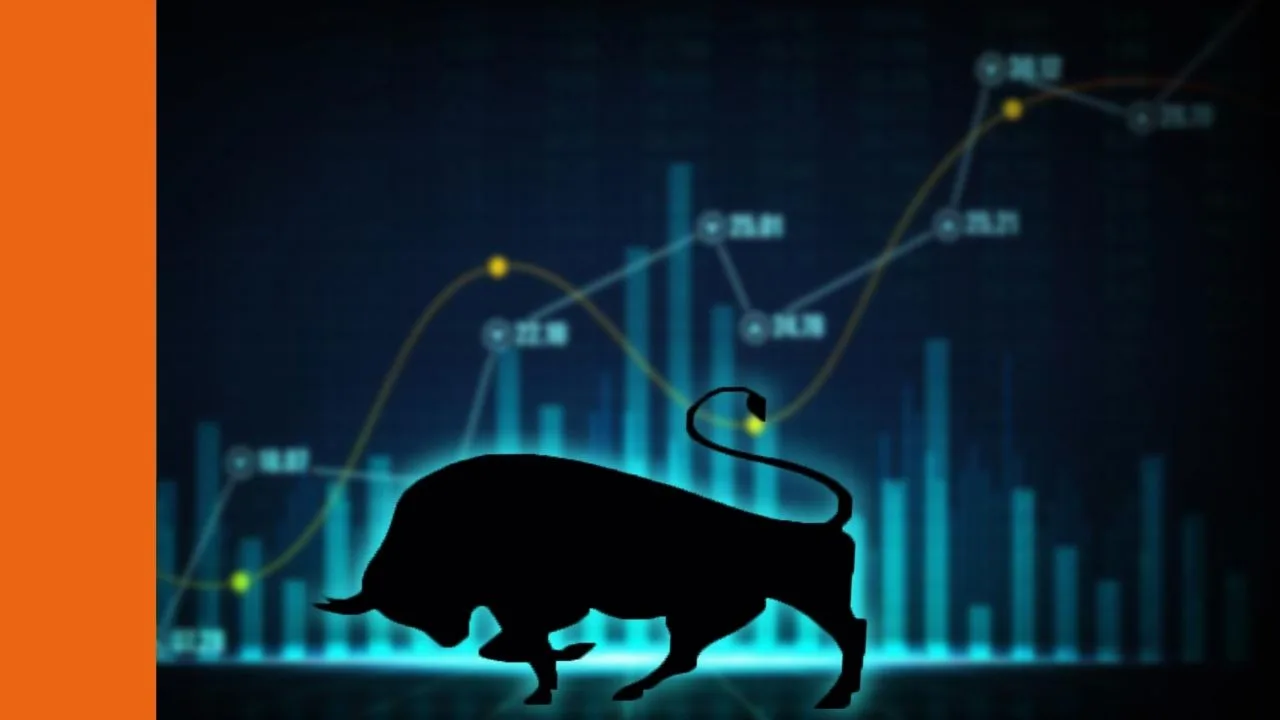Let’s focus on a simple, long-term investment strategy — by building a diversified and low-cost portfolio that works in the good and the bad times.
Can investing really be simple?
I was recently listening to an audiobook called The Little Book of Behavioral Investing, which shared some really interesting points.
Firstly, as an individual investor, you don’t have to worry about career or business risk, which is your big advantage over the professionals (who are competing for promotions, status and bonuses based on short-term investing results).
You also don’t have to actively outperform a benchmark, like the ASX 200 (ASX: XJO), and report on your investments or prove how clever you are with your investment choices.
Here’s your advantage: you can choose to focus on a simple but proven long-term strategy — by building a diversified and low cost portfolio.
I’d highly recommend reading this book, The Little Book of Behavioral Investing, to better understand the behavioural forces you’re up against as an investor. Plus, if you’re ready to get started investing, check out our free courses on Rask Education.
How does a simple strategy work in uncertain times (when the pressure to complicate things starts building)?
Even the best investors know they won’t always have the willpower to invest when the headlines are scary and their portfolios are flashing red.
That’s why one of the original investors, Sir John Templeton, always had a wishlist of companies he wanted to buy when times got tough. He even gave his broker instructions to make those purchases when the market crashed, just in case.
Sir John Templeton knew that he would struggle to execute his strategy, even as an experienced investor, because his irrational brain would try to talk him out of his plan when markets were at their most uncertain.
“The time of maximum pessimism is the best time to buy, and the time of maximum optimism is the best time to sell“. ~Sir John Templeton
I think this pressure is one reason why it’s so important to write down your investment goals and strategy and understand the reasons why you’re investing in each share or ETF.
Given we’re just managing our own money, we won’t necessarily have a big pile of cash to shop for investments on our wishlist when the market falls. So, a more realistic strategy is investing on a regular basis (and automating this if you can).
By doing so, you’re effectively saying that whatever the market is doing you will be investing. And without having to overcome the mental barriers of making the decision to buy when you’re feeling uncertain and the headlines are at their worst.
Keep your investments simple, diversified, low-cost and regular.
Remember, investing is a marathon and not a sprint.






